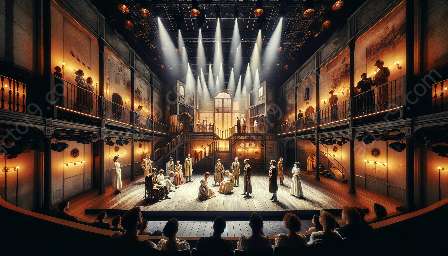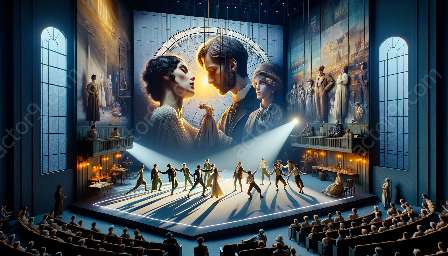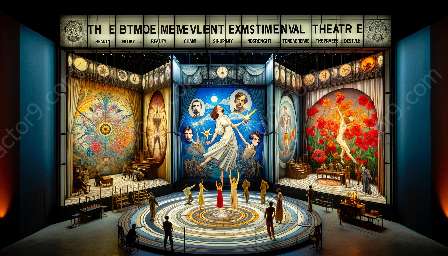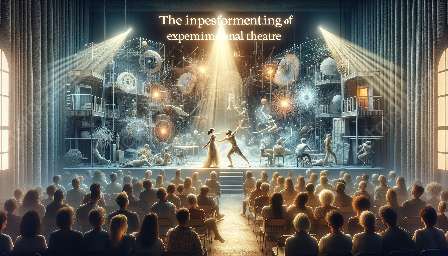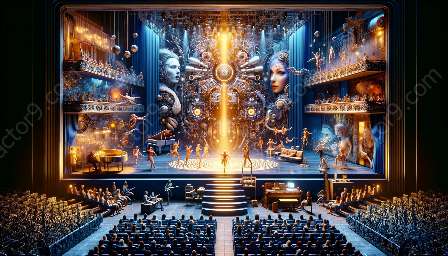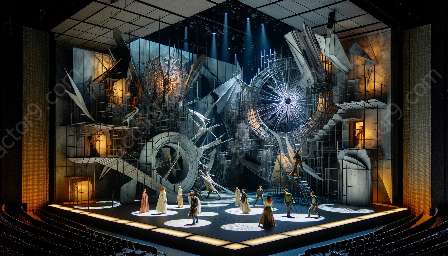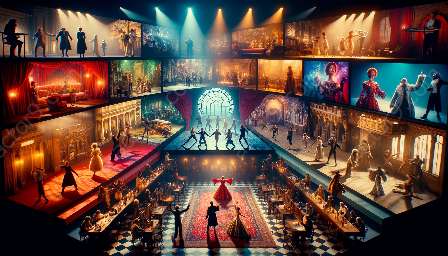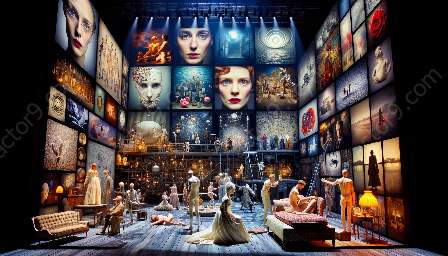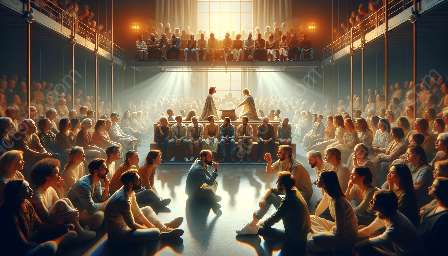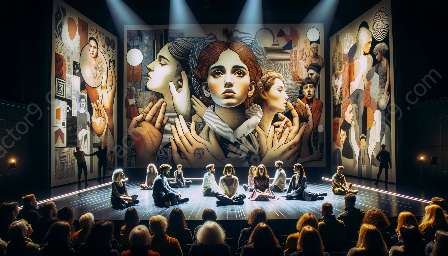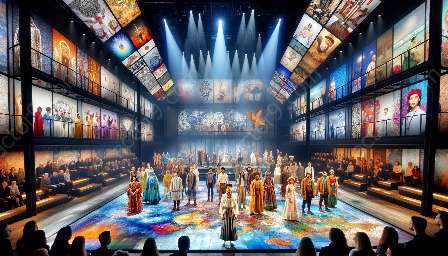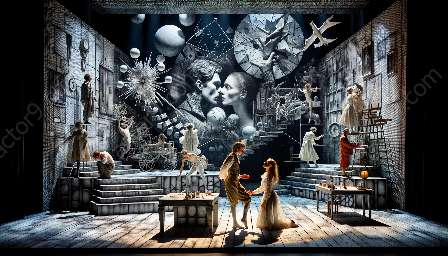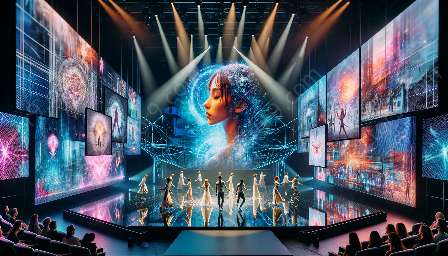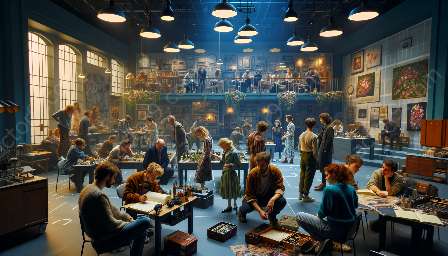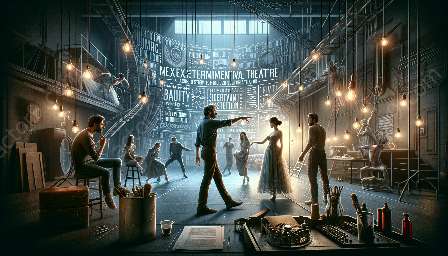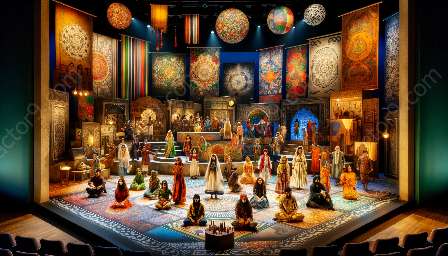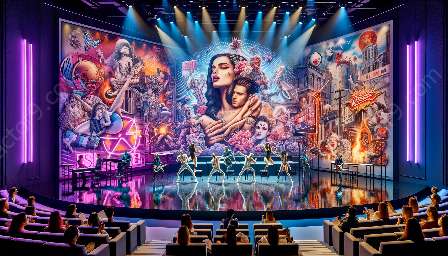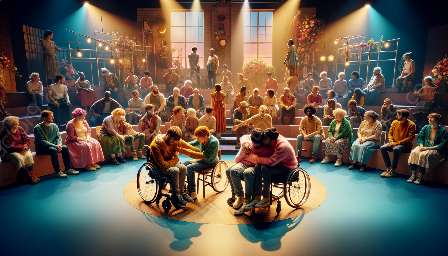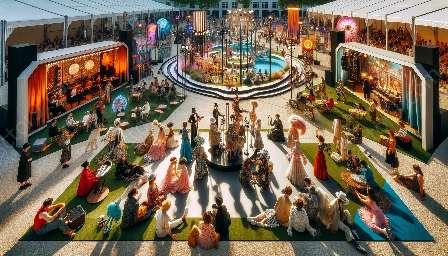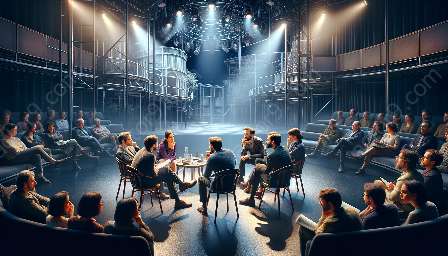Experimental theatre has long been a platform for pushing the boundaries of traditional performance art, and the integration of dance and movement adds a dynamic and innovative dimension to this form of expression. In this article, we'll explore how experimental theatre seamlessly incorporates dance and movement, as well as how multimedia elements contribute to this innovative approach to theatrical expression.
Dance and Movement as Expressive Tools
Experimental theatre often seeks to break free from conventional storytelling and character development, and instead focuses on presenting abstract and conceptual narratives. Dance and movement serve as powerful tools for conveying emotion, storytelling, and thematic exploration in these contexts. Through choreographed movements, performers can communicate complex ideas, evoke emotions, and engage audiences on a visceral level. These elements are carefully woven into the fabric of the performance, blurring the lines between traditional theatrical boundaries.
Physicality and Spatial Awareness
One of the defining features of experimental theatre is its emphasis on physicality and spatial awareness. Dance and movement allow performers to harness the entire space of the stage, creating immersive and interactive environments for the audience. Through intentional use of body language, gesture, and proximity to the audience, experimental theatre blurs the lines between performer and spectator, inviting active participation and dialogue. The incorporation of dance and movement techniques serves to amplify the sensory experience and challenge the traditional passivity of the audience.
Collaborative Multimedia Elements
Experimental theatre often embraces multimedia as a means to enrich the overall sensory experience. Through the integration of video projections, soundscapes, and interactive technology, the boundaries of performance are expanded, creating multisensory environments that transcend traditional theatrical experiences. In the context of dance and movement, multimedia elements can amplify and augment the physical performance, creating harmonious and immersive spectacles that engage the audience on multiple levels. This convergence of various art forms empowers experimental theatre to break new ground and continuously redefine the boundaries of artistic expression.
Interdisciplinary Exploration
The integration of dance and movement in experimental theatre also fosters interdisciplinary exploration, drawing inspiration from various artistic disciplines. Dancers, choreographers, and movement specialists collaborate with theatre practitioners, multimedia artists, and designers to create holistic and boundary-pushing works. This collaborative approach nurtures innovation and diversity, giving rise to performances that transcend the limitations of any single art form. The fusion of diverse talents and perspectives manifests in experimental theatre productions, enriching the creative landscape and fostering new ways of storytelling and expression.
Pushing Boundaries and Provoking Thought
By integrating dance and movement, experimental theatre continuously pushes the boundaries of performance art, challenging traditional forms of expression and engaging audiences in new and thought-provoking ways. These dynamic and inventive approaches to theatrical presentation encourage viewers to question preconceived notions of storytelling, performance, and the role of the audience. As experimental theatre continues to evolve and incorporate diverse artistic elements, it maintains its position as a hotbed of innovation and creativity, captivating audiences with its ever-expanding repertoire of experimental forms.

